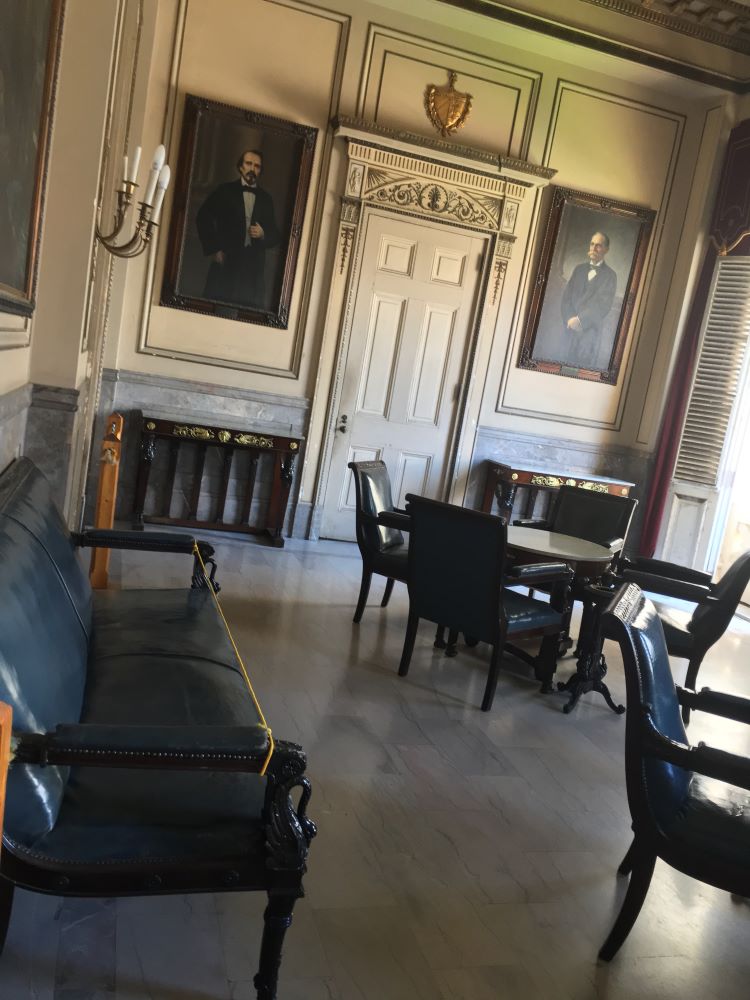With Martí at his back, a seated Cuban president would have gazed upon two portraits of Cuba’s early national figures. To the left hangs the image of Carlos Manuel de Céspedes, a sugar planter who defied all expectations when he launched the first war for Cuban independence on October 10, 1868, by addressing his slaves as “citizens” and offering them freedom for joining the fight. To the right, one sees Tomás Estrada Palma, an early proponent of Cuban sovereignty who nonetheless betrayed his compatriots when he took over civilian leadership of the 1895 War for Independence after Martí’s death. Then, Estrada Palma systematically undermined electoral democracy beginning in 1902 when he agreed to campaign for the first president of Cuba in order to end the US Military Occupation that had begun four years earlier. To the delight of US officials and Cuban conservatives wishing to return Cuba as much as possible to a plantation economy and end Black Cuban veterans’ demands for equality, Estrada Palma was able, thanks to the US Military, to run for election unopposed. That situation boded ill for the new Republic, which President Estrada Palma inaugurated on May 20, 1902, by taking his oath of office, not in public before a crowd, but in the Spanish colonial governor’s former throne room. Museum of the Revolution (former Presidential Palace), Havana, 2016.
